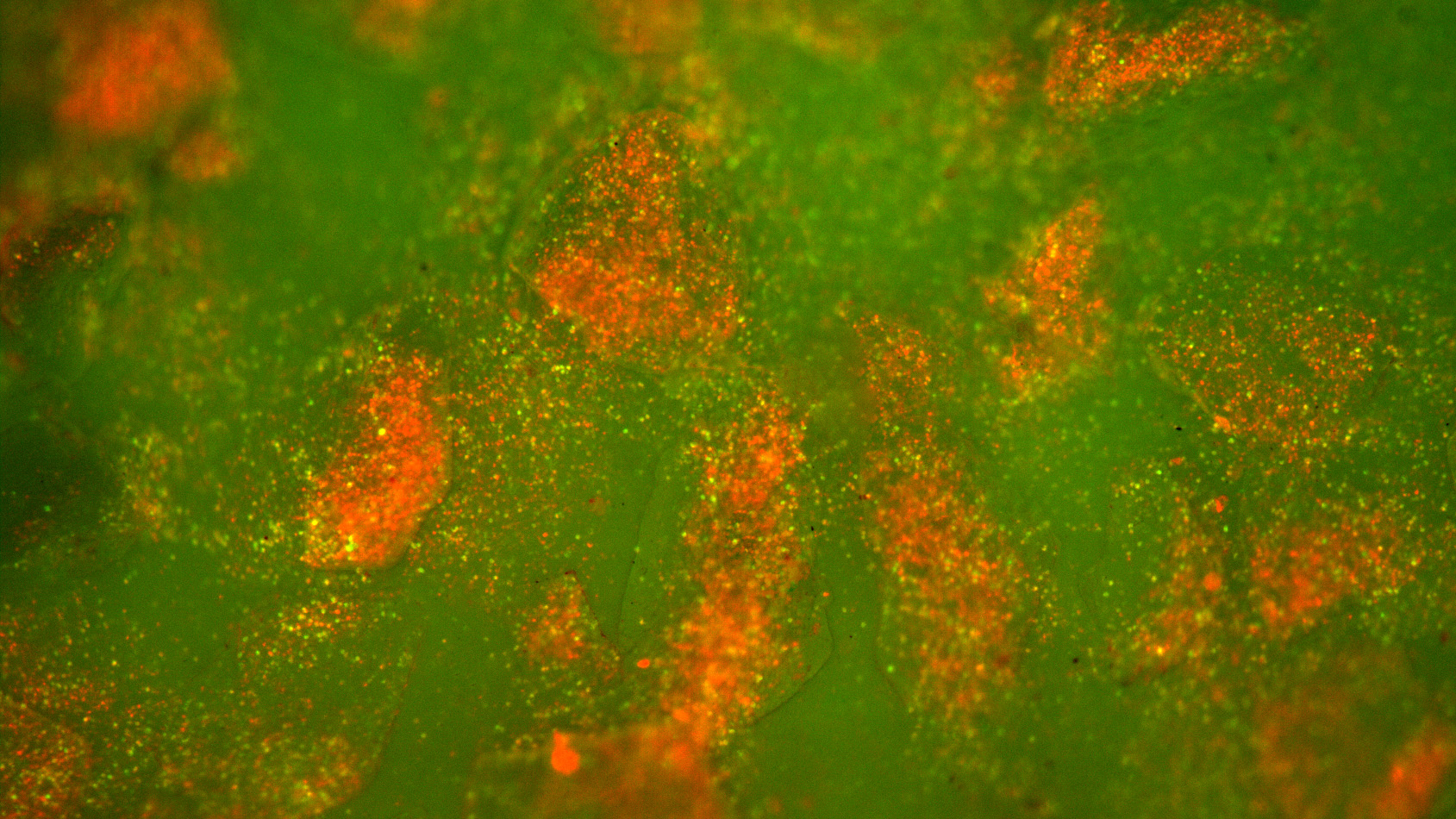Safety of breast implants: the importance of surface geometry

Research conducted between Humanitas and Politecnico di Milano highlights the pivotal role of breast implant micro-geometry in influencing patients’ immune responses, with significant implications for developing safer devices and enhancing patients’ quality of life, particularly for women undergoing reconstructive surgery after battling cancer
The micro texture of surface implants can unexpectedly interact with the immune system, as micro-indentations or concavities, intended to enhance implant stability, inadvertently trap immune cells, leading to inflammation. This discovery emerged from a multidisciplinary effort involving surgeons, engineers, biophysicists, and immunologists.
The study’s findings introduce a novel element – microscopic geometry – to the understanding of implant-related inflammatory mechanisms. Previously, scientists hypothesized that inflammation stemmed from the materials used, bacterial infections, or mechanical friction. While the study focused on breast implants, its insights extend to all subcutaneous medical devices.
Leading the research were Dr. Valeriano Vinci, assistant professor at Humanitas University and a surgeon at the Plastic Surgery Unit of IRCCS Humanitas Research Hospital directed by Prof. Marco Klinger, Prof. Gerardus Johannes Janszen of Politecnico di Milano, Dr. Cristina Belgiovine from the University of Pavia, and Prof. Roberto Rusconi, associate professor of applied physics at Humanitas University and Head of the Biophysics and Microfluidics laboratory at Humanitas.
The study, published in Life Science Alliance – an Open Access journal created by three institutions known for their scientific excellence: EMBO, Rockefeller University, and Cold Spring Harbor Laboratory – was made possible by PRIN funding from the Ministry of Research.
Breast Implants and Inflammatory Response
While medical implants are vital therapeutic tools, they can induce local inflammation when introduced into an organism primed to respond to external threats. Excessive inflammation poses risks of developing inflammatory and autoimmune diseases, as well as some tumors, particularly the ones associated with chronic inflammation. For instance, Anaplastic Large Cell Lymphoma (ALCL) incidence is slightly higher in patients with macro-textured breast implants, that have been withdrawn in the past years due to this correlation.
Valeriano Vinci explains: “Our research aims not only to understand the mechanism behind the heightened risk from macro-textured implants, no longer on the market, but also to devise a safety testing platform for other implants still in use, such as smooth or micro-textured ones, and potentially other medical devices. In fact, regardless of shape or function, all medical devices interact with bodily tissues via their external surface, as our research underscores.”
Understanding Geometry’s Interaction with the Immune System
The study involved 43 patients undergoing breast implant replacement, commonly done years after initial insertion or with temporary implants used in preparation of permanent ones. Over 60% had breast cancer histories and had undergone reconstructive surgery post-treatment.
Researchers collected peri-prosthetic fluid for genomic and cellular analysis to identify bacterial infections and immune activation profiles. They found that the superficial geometric structure, rather than bacterial presence, determined the inflammatory response. Macro-textured implants, with pronounced indentations, led to greater inflammation, unlike smooth or micro-textured implants, which exhibited low inflammation rates.
To elucidate this reaction, researchers replicated implant surfaces in the lab, studying immune cell responses. Collaboration with Prof. Luca di Landro’s group at Politecnico di Milano enabled electron microscopy imaging and faithful reproduction of implants using PDMS.
“Laboratory findings corroborated clinical observations, revealing immune cells, notably T lymphocytes, trapped within macro-textured implant wells. In this confined state, they released cytokine signals characteristic of chronic inflammation,” observe Roberto Rusconi and Valeriano Vinci. “Our study offers reassurance regarding micro-textured implant safety and offers translational potential: we have designed a protocol for testing the inflammatory profile of implants and medical devices’ surfaces, with potential implications for their design and production.”